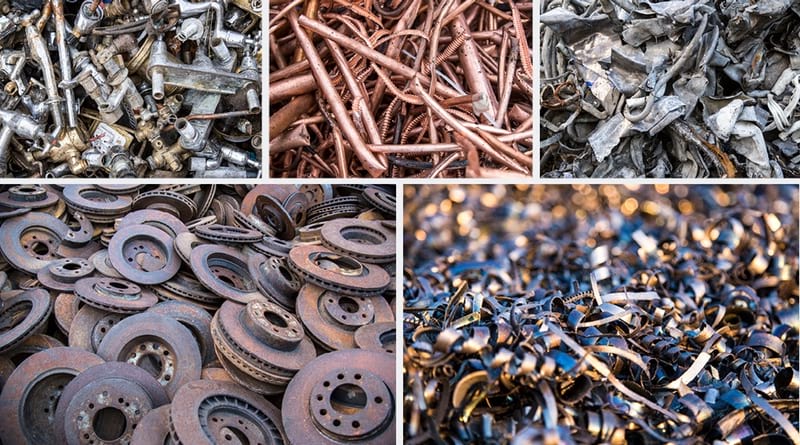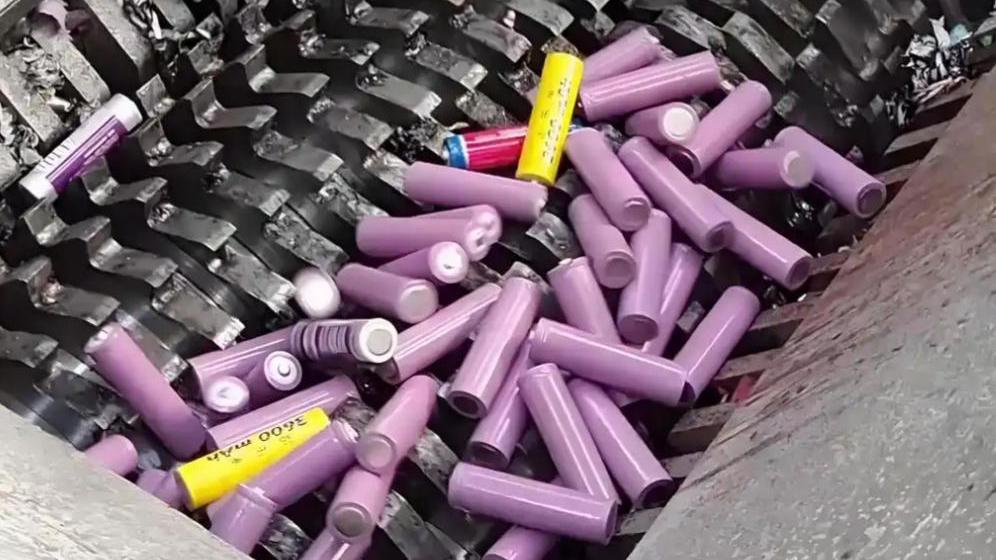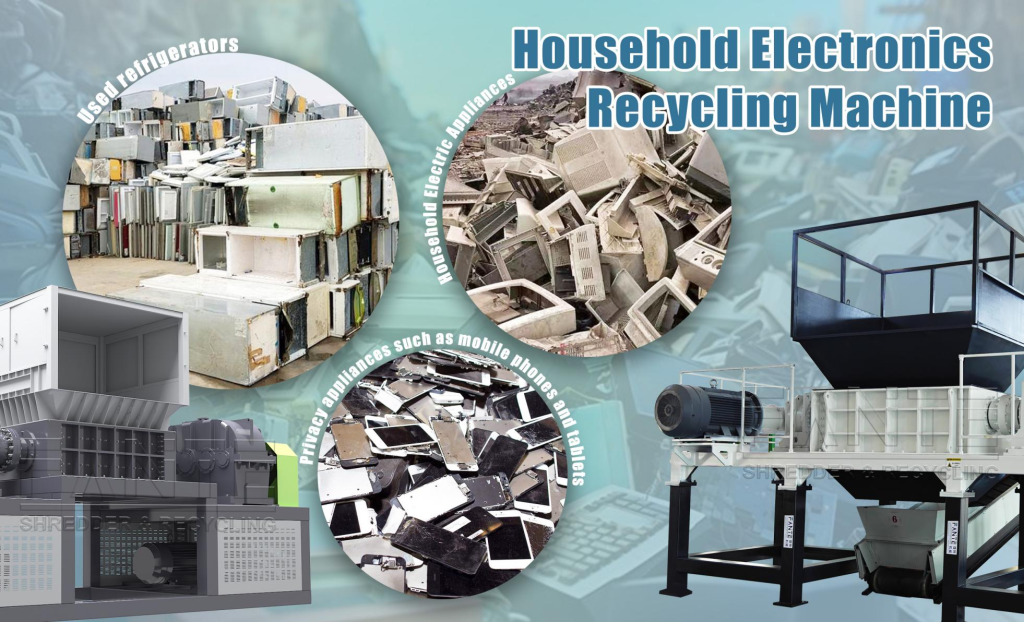Plastic pollution is a major global issue, with approximately 300 million tons of plastic waste discarded every year. However, less than 10% of this waste is effectively recycled. The growing need for efficient plastic recycling has led to the development of advanced machinery, and the plastic shredder machine has become a crucial tool in the recycling industry. This article explores how these machines work, their technological advantages, and their impact on sustainable waste management.

Why Plastic Recycling Needs a Plastic Shredder
Plastics come in various types, such as PET, HDPE, and PVC, and exist in different forms, including films, bottles, and industrial waste. Traditional recycling methods often face challenges such as low efficiency, high energy consumption, and rapid blade wear. A plastic shredder addresses these issues with:
- High Adaptability – Can process hard plastics, mixed waste, and materials containing metal impurities.
- Pre-Processing Efficiency – Converts large plastic pieces into uniform particles, making them ideal for further processing like cleaning, melting, and granulation.
- Cost Reduction and Increased Throughput – Reduces manual sorting efforts and enhances the overall efficiency of recycling operations.
Advanced Technology in Plastic Shredders
1. Dual-Shaft Linkage for Enhanced Shredding
Unlike traditional crushers, a plastic shredder machine uses two counter-rotating shafts with staggered alloy blades. When plastic waste enters the machine, it is pulled, sheared, and broken into smaller pieces ranging from 10mm to 50mm. The dual-shaft design improves shredding efficiency while preventing material entanglement and jamming.
2. High-Strength Modular Blades
- Made from high-chrome alloy steel, ensuring extended durability.
- Adjustable blade gap allows for customization based on different plastic materials.
- Auto-reverse function protects the machine from damage when encountering hard foreign objects.
3. Intelligent and Energy-Efficient Operation
- Equipped with frequency conversion drive technology, reducing energy consumption by 30% compared to traditional shredders.
- A PLC control system monitors the load and temperature in real-time, enabling automated operation.
Applications of Plastic Shredders
These machines play a vital role in multiple industries, ensuring plastic waste is efficiently processed and repurposed.
1. Household Plastic Waste
- PET bottles, HDPE barrels, PVC pipes, and LDPE films.
2. Industrial and Electronic Waste
- Car bumpers, agricultural films, refrigerator shells, and plastic components in circuit boards (requires metal separation).
3. Specialized Plastic Packaging
- Labels and coated plastics that require pre-processing before purification.
Environmental and Economic Benefits
- Reduces Landfill and Incineration – Recycling 1 ton of plastic waste can cut 1.5 tons of carbon emissions.
- Resource Recovery – Shredded plastic is repurposed into textiles, construction materials, and automotive components.
- Quick Return on Investment – With continuous 24-hour operation, businesses can recover equipment costs within 6 to 12 months.
Conclusion
The plastic shredder is at the core of modern recycling solutions, helping industries reduce waste, lower costs, and improve resource recovery. As global environmental policies tighten and demand for recycled materials rises, investing in an efficient plastic shredder is a strategic move for businesses committed to sustainability.
If you’re looking for a way to enhance your plastic recycling process, consider integrating a high-performance shredding system that will boost efficiency and contribute to a cleaner environment.



